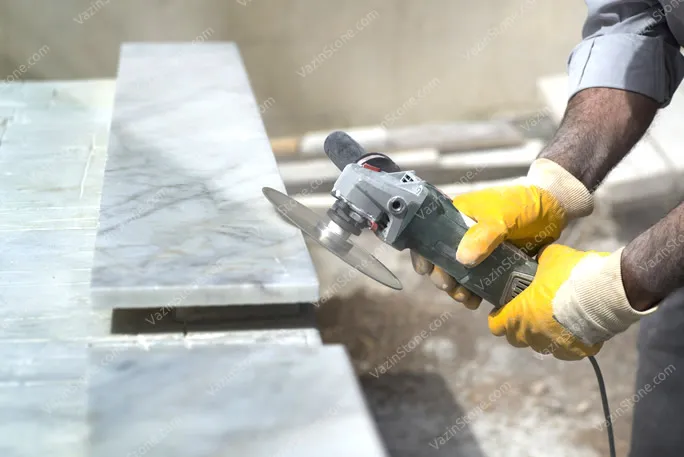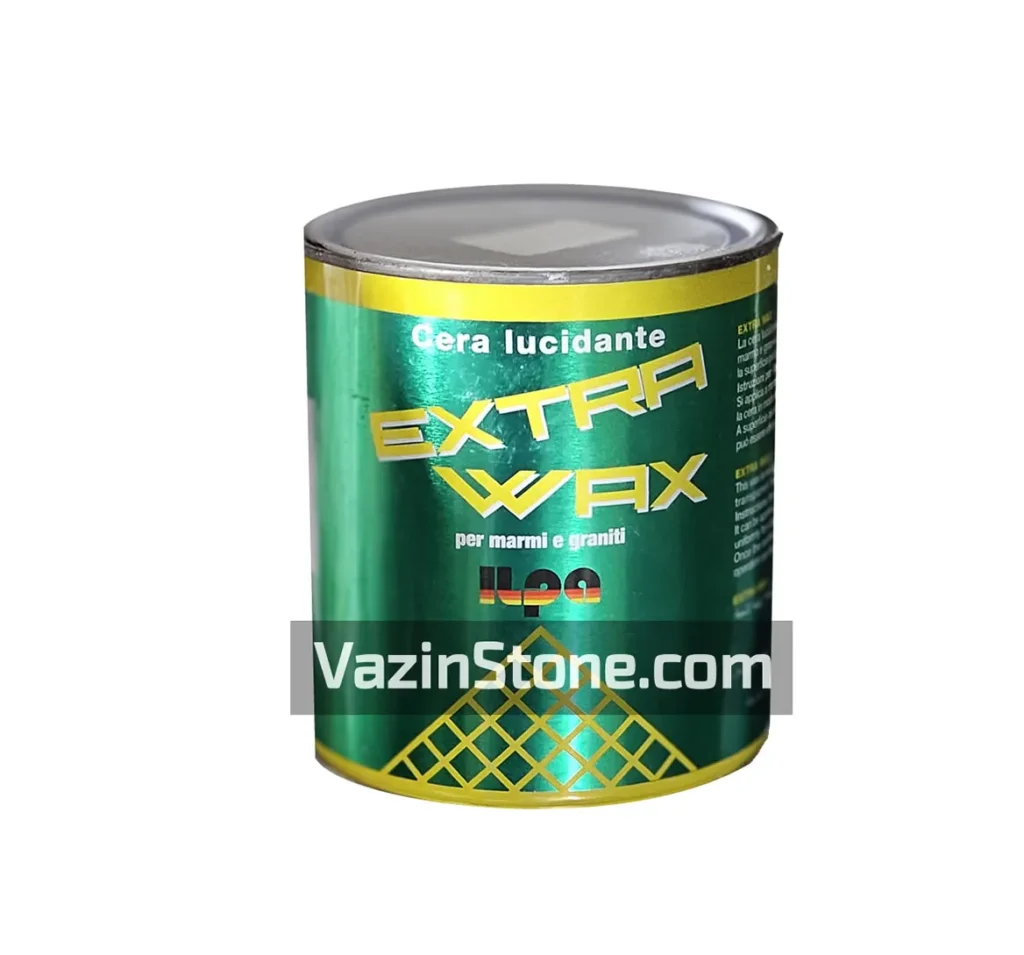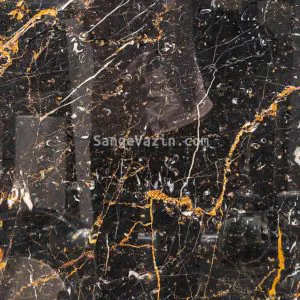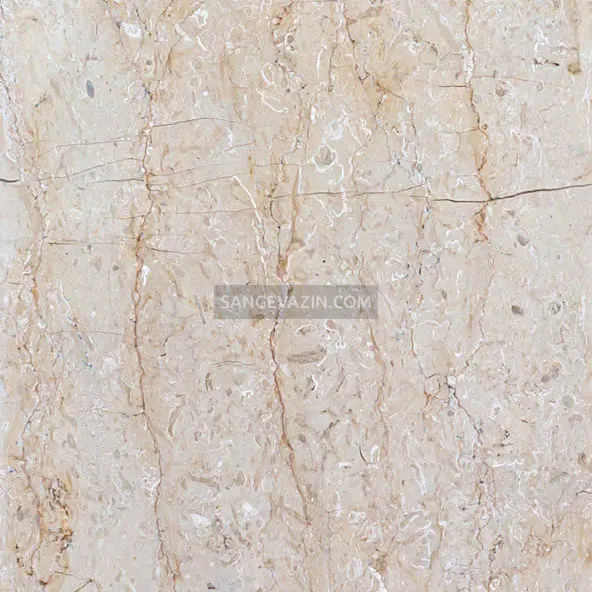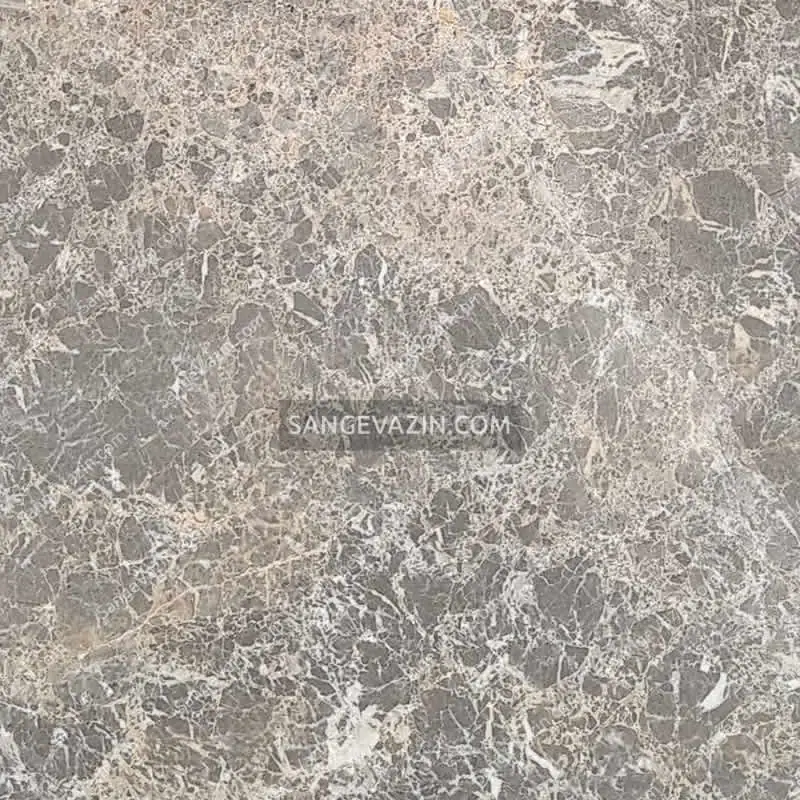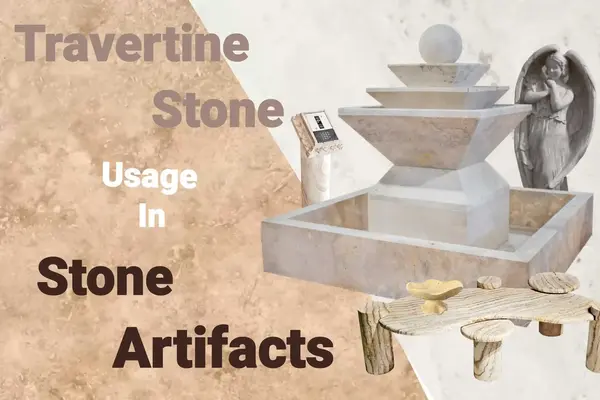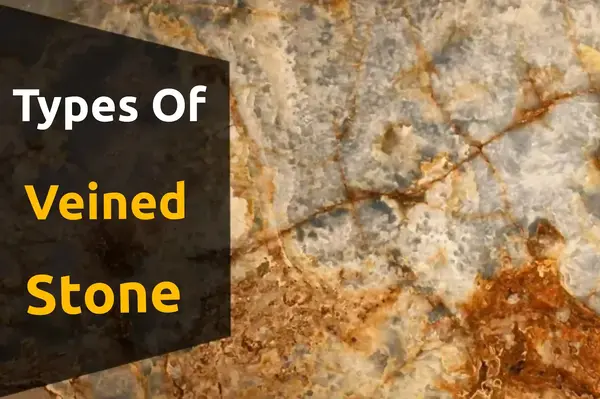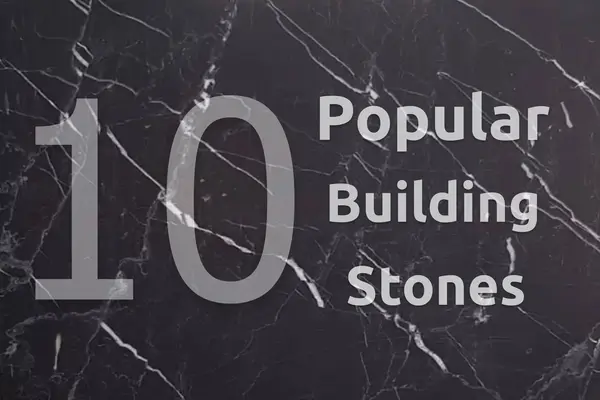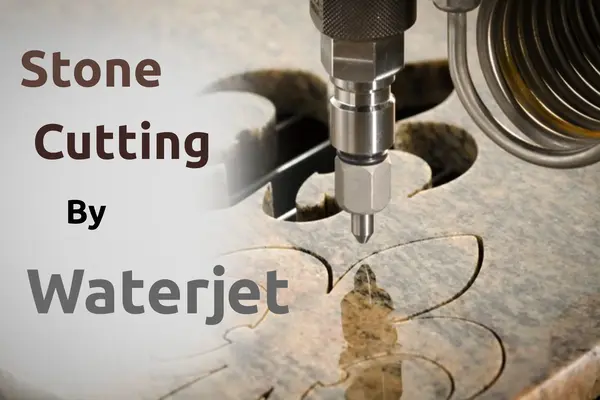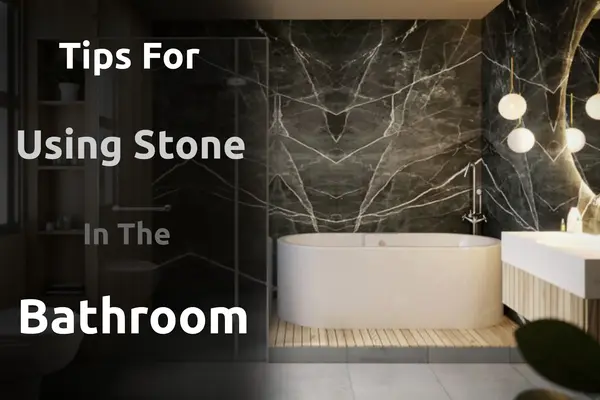Polishing Building Stone
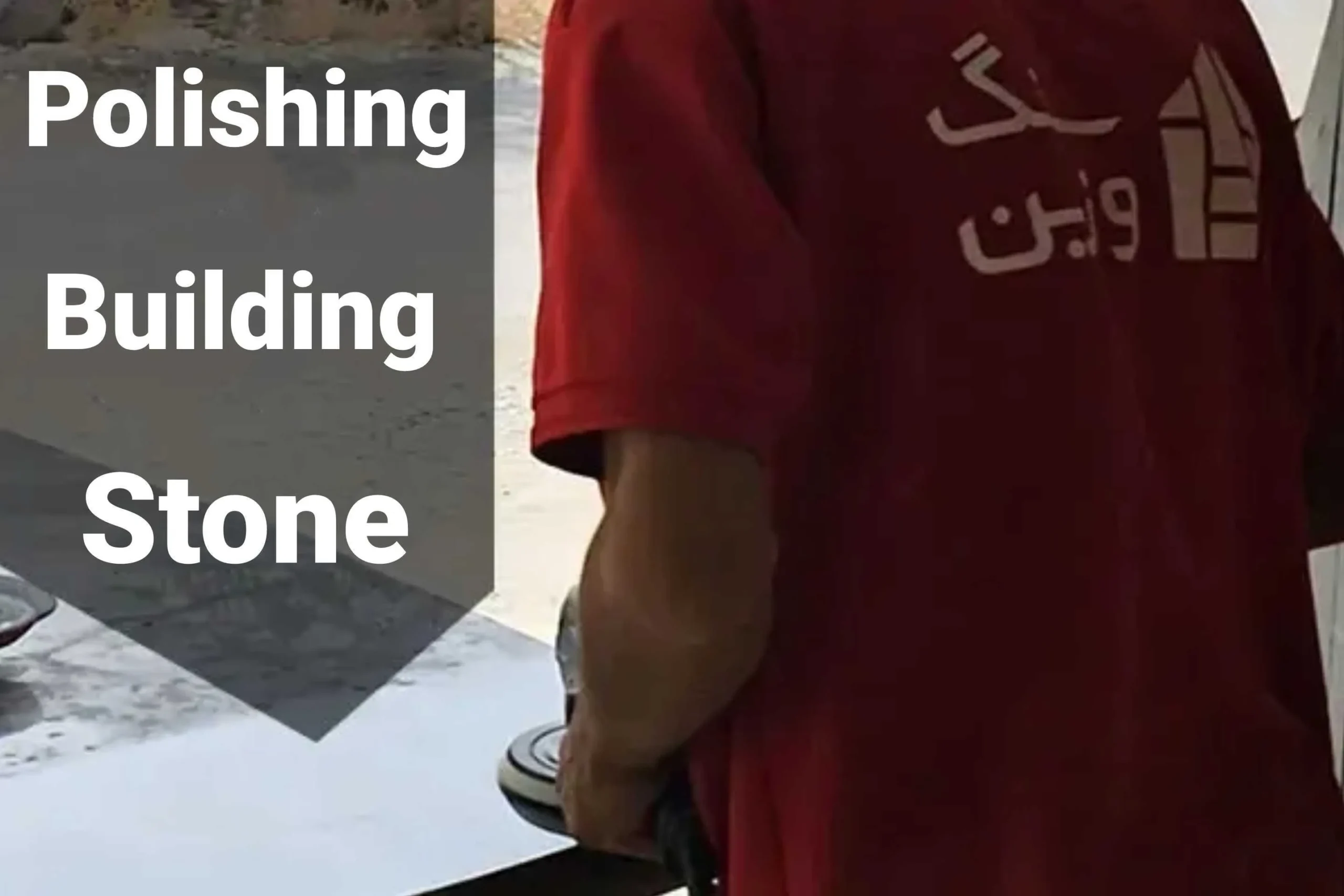
Table of Contents
Over time, stones gradually lose their shine and smooth surface. For floor stones, this happens more frequently as they are commonly subjected to abrasion from rough objects.
The durability of natural stones varies depending on the type, affecting their ability to maintain a polished surface. For example, granite stones polish exhibit the highest resistance to losing their polished surface, while marble and onyx stones have lower resistance.
Can the shine of this surface be brought back? Will they regain their original shininess and cleanliness?
Luckily, one of the benefits of natural stone is that it can be repaired. Therefore, based on the required size for repair, the stone’s surface can be polished and resorted to a polished finish using specific tools and equipment.
Polishing Stones In Small Dimensions
One of the following options may be effective in restoring the shine of the stone’s surface, depending on the type of stone and the extent of loss of gloss:
1/ Stone Polisher
Using a fine-grit stone polisher (above 1200) can help repair and polish the stone’s surface. The stone polisher grit can be as high as 3500, based on the preferred level of shine. For smaller sizes, this can be accomplished without the need for specialized equipment and tools. However, for larger sizes, this task can be challenging and requires using a handheld grinder or stone polishing machine.
2/ Nanomaterials
Nanomaterials can give the stone’s surface a polished appearance. These products, offered in liquid bottles or cans weighing between 5 and 20 kilograms, come in various forms depending on the brand and type of nanomaterial. The usage instructions for each of these materials are listed on their packaging. For instance, the procedures for applying most nano waxes typically involve cleaning and thoroughly drying. Next, use a cloth to apply the wax evenly onto the surface. Wait 2 hours before using soft steel wool to remove the wax from the surface.
3/ Resin
Using the resin liquid for polishing stone using a brush or spray can also result in a glossy finish on the surface. This method is not recommended for flooring surfaces.The quality of the coating on the stone is also impacted by the quality of the brush and the technique used to apply the materials. If the spraying is done irregularly or if there is leaching, the result will not be clean. Resin is frequently utilized to improve the luster of stone surfaces, especially for stacked stone applications.
Polishing Stones In Large Dimensions
To polish the surface of large floor stones such as those found in commercial places like restaurants, office buildings, public areas, and spacious locations, polishing machines should be used. Depending on the size of the project and the timing, this task can be completed using one or multiple stone polishing machines.
Most Common Stones For Polishing
Black stones, as well as other dark-colored stones, are highly sought after for restoring of shiny surfaces. These colors effectively highlight changes due to their surface opacity. The following stones can be included in this category:
- Golden black marble
- Spider marble
- Pietra gray marble
- Black dehbid marble
 Pietra Grey Marble$11 – $20
Pietra Grey Marble$11 – $20 Black Dehbid Marble$16 – $23
Black Dehbid Marble$16 – $23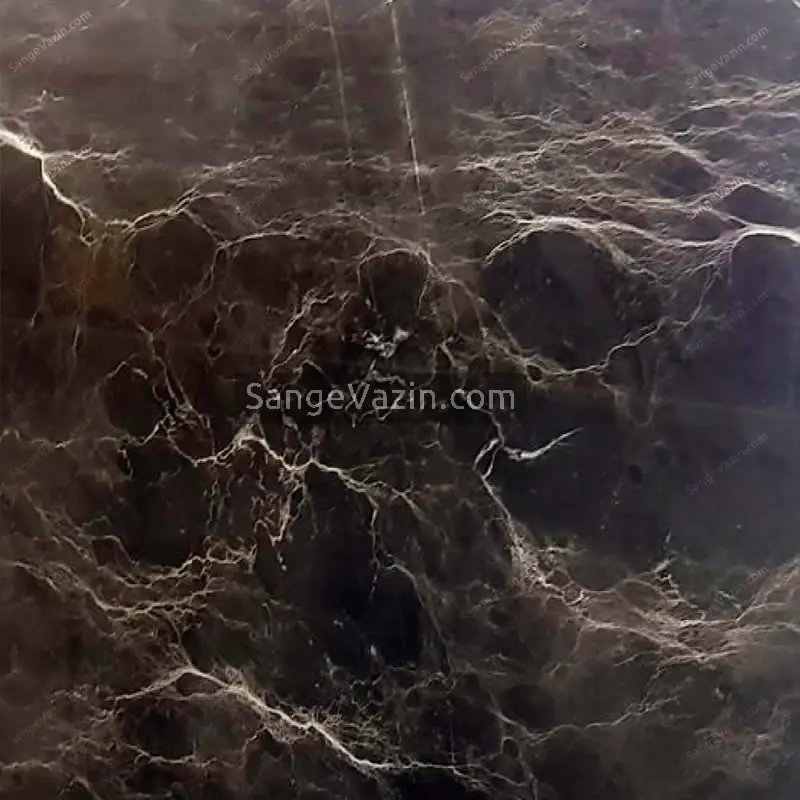 Spider Marble$13 – $20
Spider Marble$13 – $20
At the next level, stones with brighter colors are also in demand and include the following:
- Crema marfil marble
- Abadeh stone
- Persian silver marble
- Josheqan marble
- Crystal marbles and other samples
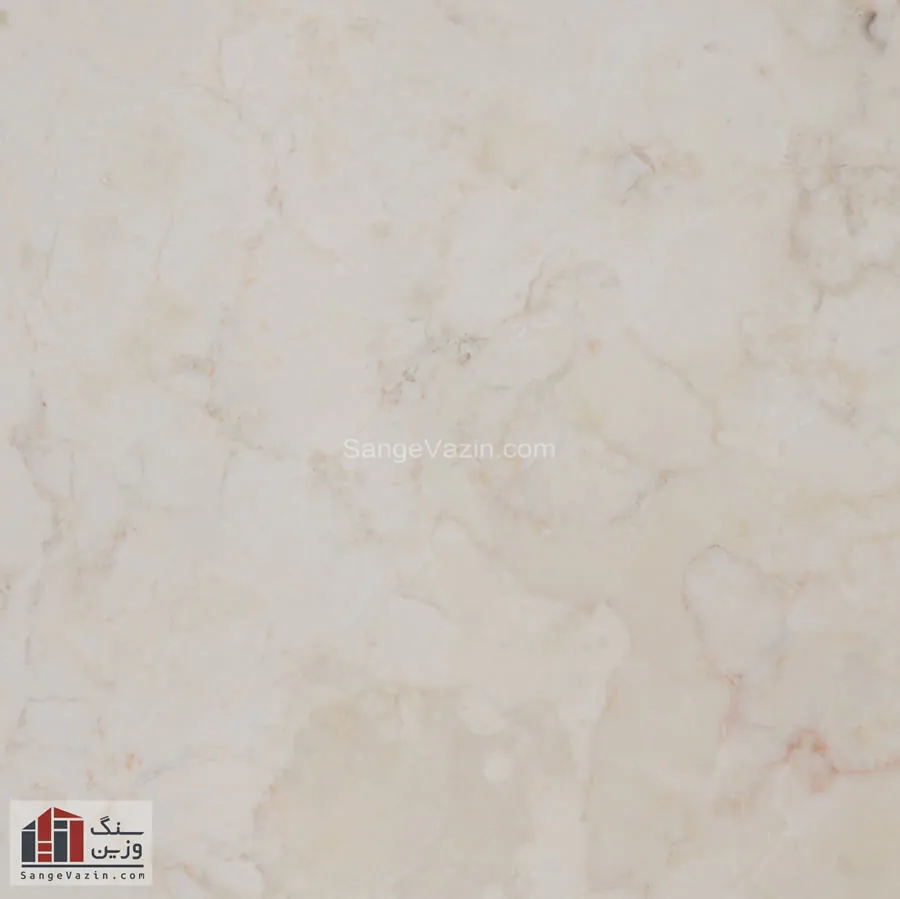 Josheqan Marble$8 – $14
Josheqan Marble$8 – $14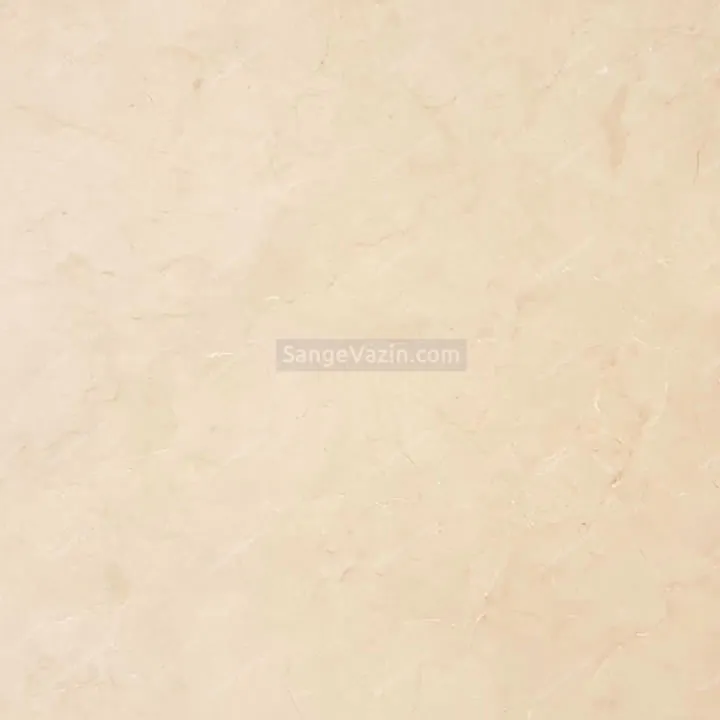 Crema Marfil Marble$14 – $36
Crema Marfil Marble$14 – $36
This classification indicates market demands and aids customers in selecting the appropriate stone.
Publish on:
November 27, 2024
Updated on:
November 27, 2024
